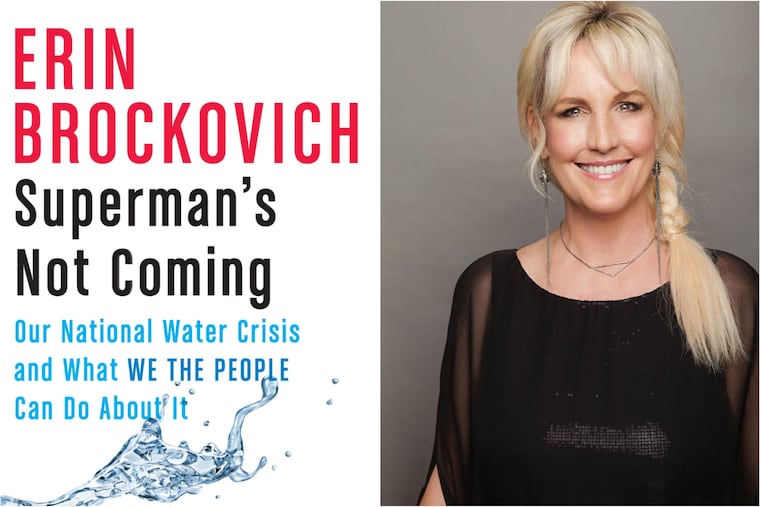‘Superman’s Not Coming’: Erin Brockovich’s new book is about saving our drinking water
Twenty years after Julia Roberts played her in the movie, the activist and legal consultant is still fighting to make drinking water safe, but she says she can't do it alone.
